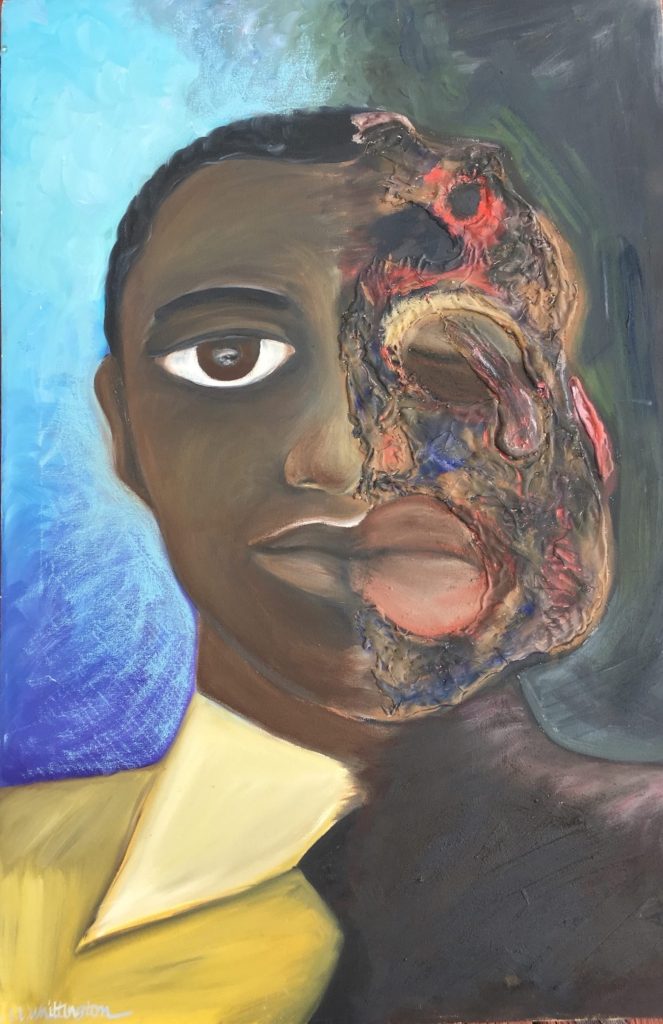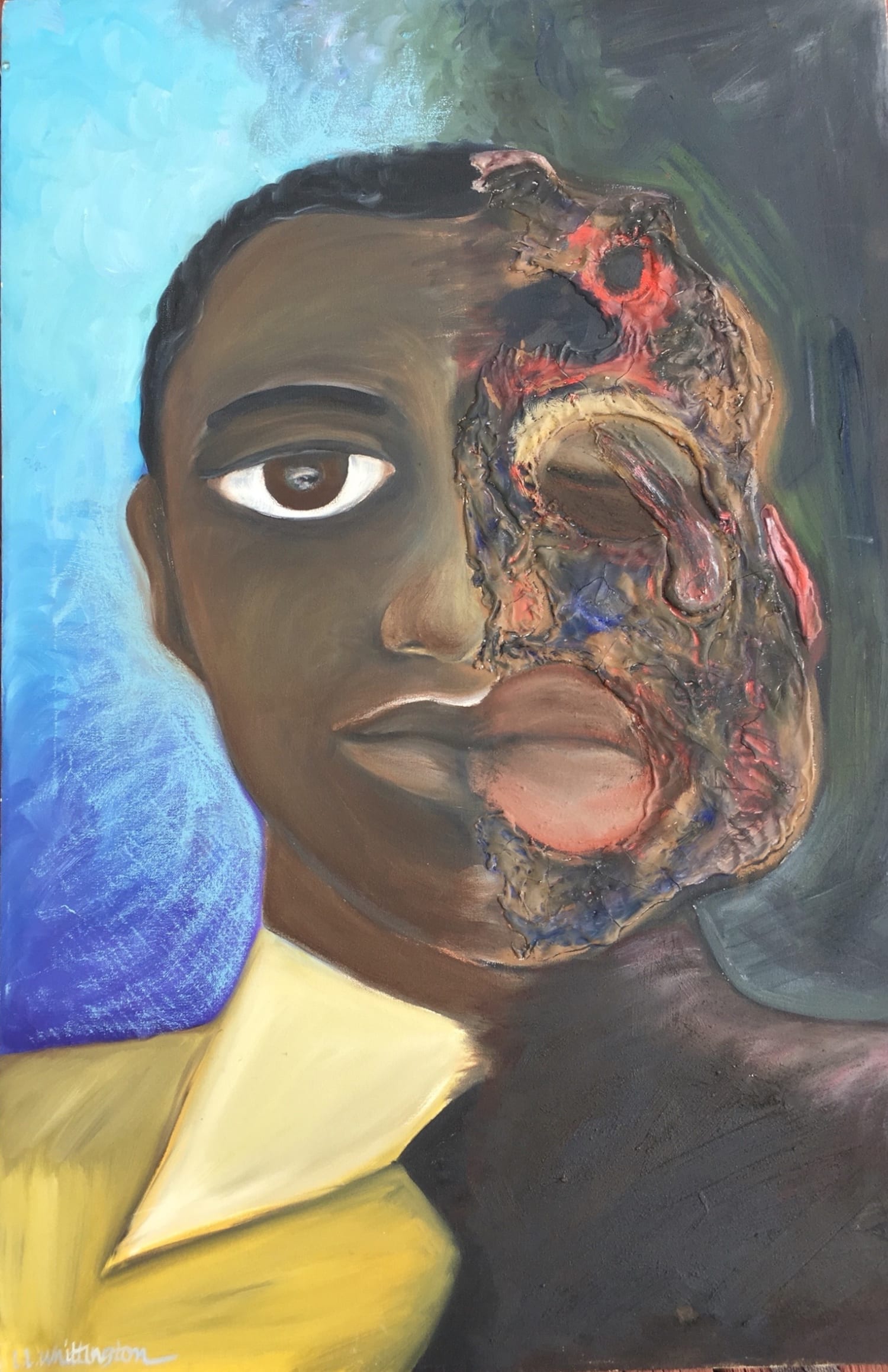
Man Falls to Death at Whitney Museum

A Tragic Incident at the Whitney Museum: Exploration of Safety and Structure
Introduction:
The Whitney Museum of American Art, a beacon of contemporary art in Manhattan’s vibrant Meatpacking District, recently found itself at the center of a tragic incident. On July 30, a 34-year-old man reportedly jumped from the museum, leading to his death. This incident has sparked discussions about museum safety, structural design, and mental health awareness.
The Incident:
According to the New York Police Department (NYPD), officers responded to a 911 call at approximately 5:26 pm. Upon arrival at the museum’s address, they discovered the man unconscious on the sidewalk, with injuries suggesting a fall from a height. Although the fall’s nature—whether accidental or deliberate—remains unconfirmed, museum officials later informed staff via email that the man had jumped from the building’s elevated public spaces. The museum itself, designed by Renzo Piano and completed in 2015, boasts nine stories with terraces, outdoor exhibitions, and a striking exterior staircase, offering both aesthetic appeal and accessibility.
Safety Concerns and Structural Design:
While the Whitney Museum’s architecture is celebrated for its blend of indoor and outdoor spaces, this design also presents unique safety challenges. The incident underscores the importance of vigilance regarding public accessibility in high-profile structures. Ensuring visitor safety without compromising artistic vision necessitates a balance between openness and secure infrastructure. This tragic event may prompt museums and public buildings worldwide to reevaluate their safety protocols, considering additional barriers or surveillance in elevated areas.
Mental Health Awareness:
The loss of life highlights the pressing issue of mental health awareness. Museums, while primarily spaces for art and education, are also frequented by a diverse public, each with unique personal circumstances. This underscores the need for institutions to consider mental health resources and awareness for both visitors and staff. Providing training for staff to recognize signs of distress and access to mental health support resources can create a safer environment for all.
The Museum’s Response:
In the wake of this incident, the Whitney Museum chose to delay its opening on July 31, reflecting a period of mourning and assessment. The institution has not publicly commented beyond initial staff communications, but it is anticipated that internal reviews and discussions on safety practices are underway. This pause also signifies respect for the individual and the somber circumstances.
Conclusion:
The tragic incident at the Whitney Museum serves as a poignant reminder of the complexities involved in managing public spaces. It calls for a multi-faceted approach, emphasizing structural safety, mental health awareness, and community support. As investigations continue, the art community and public institutions may learn valuable lessons from this event, paving the way for safer and more inclusive environments.
In Memory:
While the man’s identity remains confidential, out of respect for his family and pending formal notifications, it is crucial to remember the human element behind the headlines. The Whitney Museum and its community grieve this loss and consider the broader implications for public safety and personal well-being in communal art spaces.